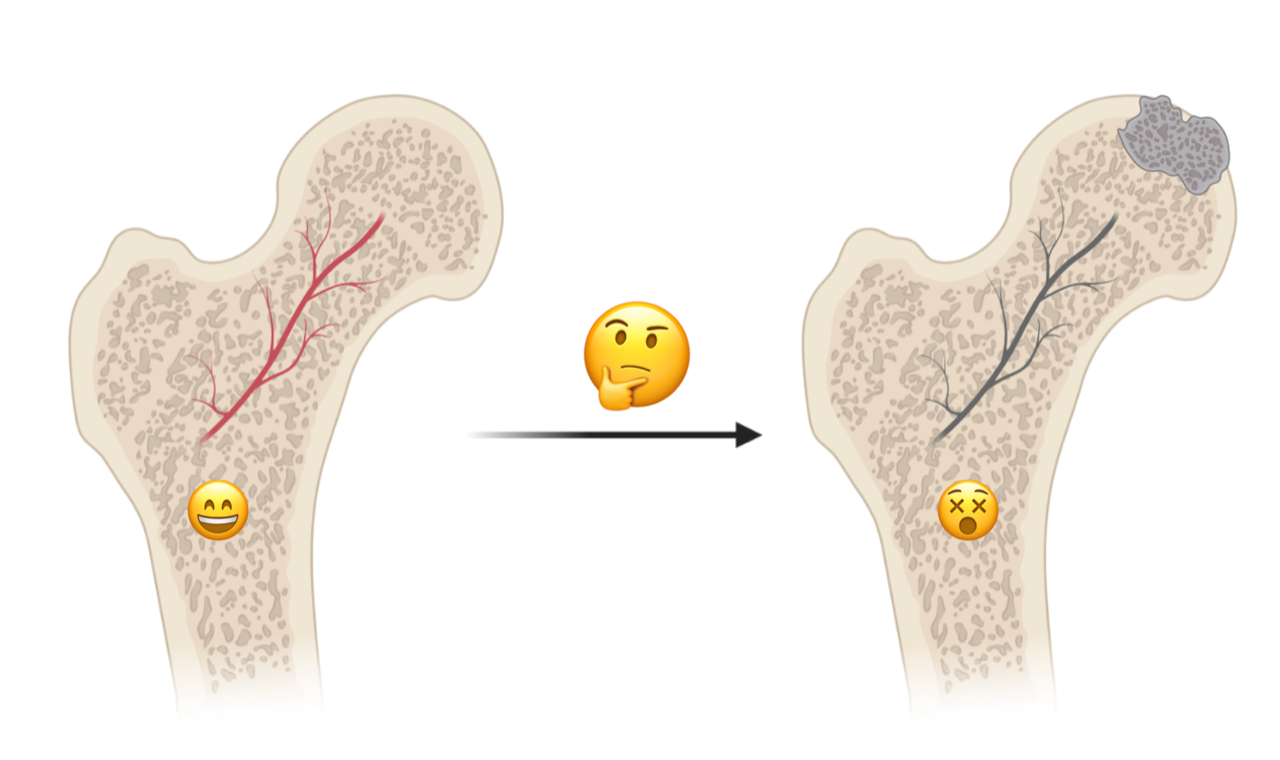FBSコロキウム 304回微生物病研究所
| 講演 |
骨再生における分子及び細胞制御 バル・ゼイネップ[情報伝達分野「高倉研」・免疫フロンティア研究センター/大阪大学微生物病研究所・特任助教] |
|---|---|
| 日時 | 2022年7月14日(木)12:15〜13:00 |
| 場所 | Zoomでのオンラインセミナーとなります:参加に必要なミーティングリンク、ID、パスワードは事前に、関係者へメールにてご連絡致します。 |
| 言語 | 英語 |
| 世話人 |
高倉 伸幸 教授 |
骨再生における分子及び細胞制御
1. A novel nano-hydroxyapatite/synthetic polymer/bone morphogenetic protein-2 composite for efficient bone regeneration
Bone grafting is indispensable for the treatment of large bone defects or spinal diseases requiring spinal fusion. The use of autograft is the current gold standard, but its use is limited by donor site morbidity, the amount and age-related deterioration in the quality of harvested bone. Bone morphogenetic protein - 2 (BMP-2) has a potent bone induction ability; however supraphysiological doses are reported to correlate with side effects. Therefore, an efficient local drug delivery system for BMP-2 is strongly sought after to enhance the site-specific osteogenic and osteoinductive effects and to mitigate the side effects. Synthetic polymers play an important role in controlled release of therapeutic agents. Among the synthetic polymers, polylactic acid-polyethylene glycol (PLA-PEG) block co-polymer has validated effects on the sustained release of BMP-2. Nano-hydroxyapatite (nHAp) has an enhanced osteoconductivity, biodegradability, and osteogenic ability. In this study, a novel composite of nHAp/PLA-PEG/BMP-2 is shown to provide the sustained release of BMP-2 with decreased required amounts for bone regeneration in a rat posterolateral spinal fusion model.
2. Elucidation of the Vascular Mechanisms Involved in Avascular Necrosis
Any circulatory inadequacy in tissues causes deteriorating results which can be reversed, repaired, slowed or halted by the vascular structure and osteonecrosis is closely associated with the local death of bone cells and the marrow structure that result from the circulatory inadequacy. Osteonecrosis of the Femoral Head (ONFH) and its infant form Legg Calve Perthes Disease (LCPD) are osteonecrotic conditions, occur as a result of defective circulation in femoral head and neck and disruption of the bone remodelling process. In ONFH if the osteonecrotic areas is 30% of the femoral head, this process ends up with microfractures, mechanical failure, progressive collapse, secondary arthritis and low QOL (quality of life) of the patients. The diagnose is done mostly after mid-stage which makes non-surgical or less invasive operative treatments hard to apply. Until now neither a permanent treatment strategy to halt the progression of ONFH/LCPD in early stages, nor the clarification of molecular aetiology behind these conditions are reported. Thus to allow early diagnosis, a small animal surgical model to study the aetiology in order to be able to clarify the molecular mechanisms behind the development of the disease and the pathology is needed. Endothelial stem cell like cells are reported to have roles in regeneration of the vascular network. In bone regeneration and fracture healing bone cells and vascular endothelial cells (vECs) are also known to work in coherence. This study aims to develop a surgical mouse model for ONFH for the first time in the literature and to clarify the molecular mechanisms leading to ONFH and LCPD in purpose of developing a regenerative treatment with vECs in clinics.

